I see many teams struggle with slow welds, heat damage, and rework. That pain grows with tight deadlines. Laser welding fixes this. It gives clean seams, fast cycles, and less scrap. I will show how I make it work.
Laser welding uses a focused laser beam to create strong, precise joints with minimal heat input. It is fast, clean, and consistent. It suits metals, small parts, and complex seams. It lowers distortion and post-processing. It helps scale production with stable quality.
I run Kirin Laser with a simple goal. I help buyers get reliable, customizable fiber laser welding machines that cut waste and raise throughput. If you source for a distributor or a factory, this guide keeps things clear and practical.
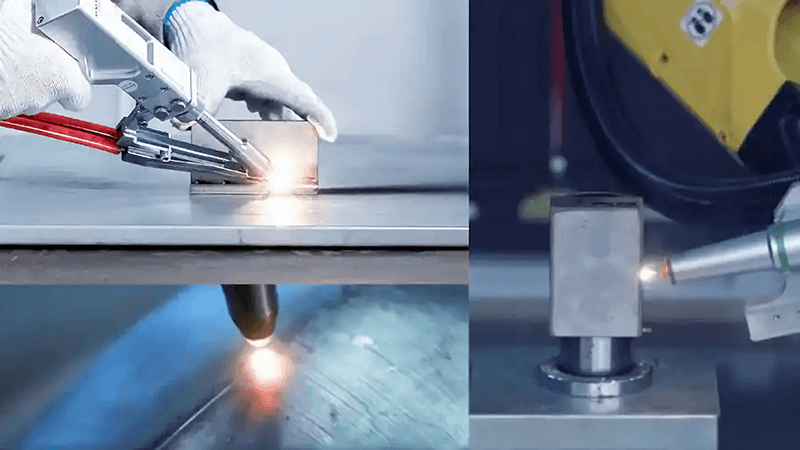
What is the main advantage of laser welding?
Many buyers get stuck with spatter, warping, and uneven seams. This leads to rework, rejects, and delays. I faced this with a client in aerospace. Laser welding changed that. It gave stability and clean results. It kept deadlines safe and margins healthy.
The main advantage of laser welding is low heat input with high precision. This gives narrow heat-affected zones, low distortion, and repeatable quality at high speeds. It protects finishes and tight tolerances while raising throughput and lowering post‑processing.
Why low heat input matters
I use fiber laser1 sources that deliver energy in a small spot with high power density. The beam couples into the metal fast. The melt pool is small. The cooling is quick. The base material keeps its shape. This is the core benefit. It helps when parts are thin, complex, or sensitive to heat.
Where precision becomes profit
- Thin stainless steel housings do not collapse.
- Battery tabs weld fast with low spatter.
- Aerospace brackets hold tolerances after weld.
- Medical devices keep clean edges for hygiene.
Control, speed, and quality
- Power modulation lets me tune penetration and bead shape.
- Galvo or wobble heads smooth the seam and bridge small gaps.
- CNC or robots keep the path stable and repeatable.
- Vision options reduce operator error on small parts.
Quick comparison
| Factor | Laser Welding | MIG/TIG |
|---|---|---|
| Heat Input | Low | Medium to high |
| Distortion | Very low | Higher |
| Speed | High | Medium |
| Post-processing | Minimal | Often needed |
| Small parts | Excellent | Hard |
| Automation | Easy | Possible but slower |
My field note
An aerospace client had high rejection due to distortion on thin Inconel brackets. We set a 1.5 kW fiber laser2 with a wobble head. We used short pulse overlap to control heat. Rejections fell below 1%. Cycle time dropped by 35%. Strength and visuals improved.
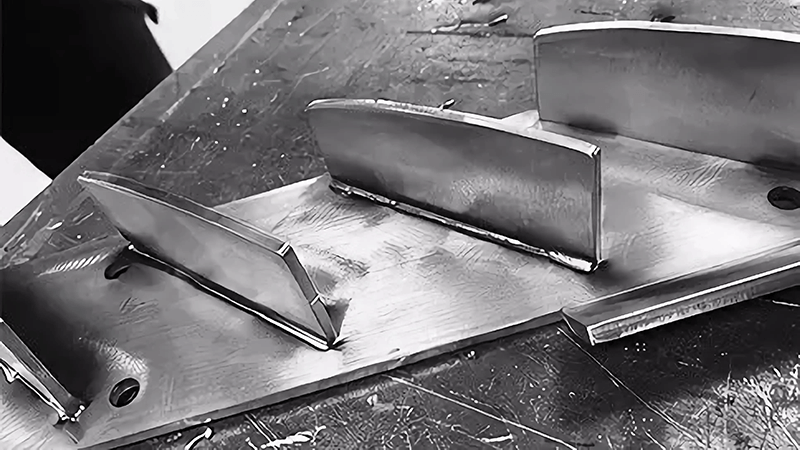
Which gas is used in laser welding?
People often overpay for gas or pick a poor mix. That hurts cost and quality. I see porosity, soot, and color issues when gas shielding is wrong. The right gas is simple. It protects the weld pool and improves flow.
Shielding gas is usually argon, nitrogen, or helium, used alone or in mixes. Argon is the common choice for stainless steel and general use. Nitrogen can boost speed on stainless. Helium can improve penetration and brightness on copper or aluminum.
What shielding gas does
The shielding gas3 keeps oxygen out. It stabilizes the melt pool. It controls bead color and spatter. It also affects penetration and speed. I select gas by metal, thickness, and finish needs.
Common choices I use
- Argon: Stable arc-like protection, clean look, cost-effective.
- Nitrogen: Faster on austenitic stainless, sometimes darker tint.
- Helium: Deeper penetration, brighter weld on copper, higher cost.
- Mixes (Ar+He or Ar+N2): Balance speed, penetration, and surface color.
Quick guide by material
| Material | Preferred Gas | Notes |
|---|---|---|
| Stainless steel (304/316) | Argon or Nitrogen | Argon for color; N2 for speed |
| Carbon steel | Argon | Stable, cost-effective |
| Aluminum | Argon or Ar+He | He improves penetration |
| Copper/Brass | Helium or Ar+He | He improves coupling |
| Nickel alloys | Argon | Clean, controlled bead |
Flow rate and nozzle
I set flow between 10–20 L/min for most hand-held heads. I adjust with thickness and nozzle design4. Laminar flow5 matters. A narrow, smooth nozzle gives better shielding. I keep the standoff and angle consistent. I purge when joints trap gas.
My tip on cost
Use argon for most work. Switch to helium or mixes only when you need deeper penetration or better coupling on reflective metals. This keeps operating cost down without losing quality.
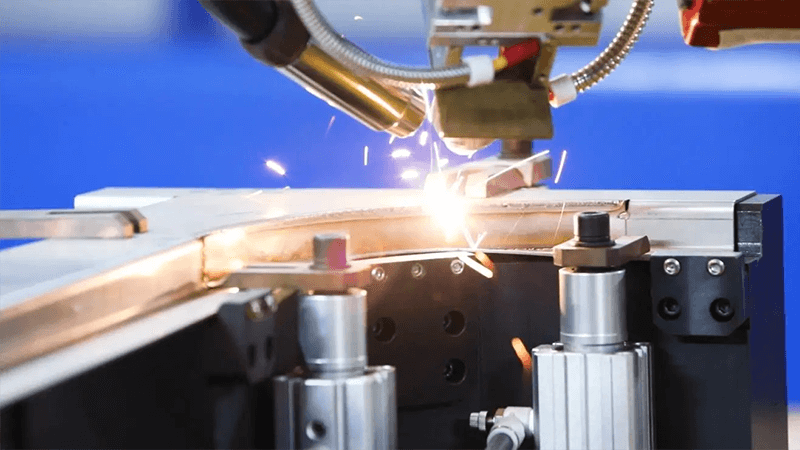
What are the 4 types of welding?
I talk to buyers who must compare laser to legacy processes. They need a clear frame. I keep it simple. Most shops use four main types. Each has a place. Laser does not replace all jobs, but it improves many.
The four main welding types are laser, TIG, MIG, and resistance spot welding. Laser gives speed and low heat. TIG gives control on thin parts. MIG gives filler and productivity on thicker steel. Resistance spot joins sheets fast in auto lines.
The four at a glance
| Type | Strength | Where it fits | Limits |
|---|---|---|---|
| Laser | Fast, low heat, precise | Automation, thin to medium | Fit-up, reflectivity |
| TIG | Very clean, precise | Thin, exotic alloys | Slower |
| MIG | Productive with wire feed | Thick steel, fab shops | More heat, spatter |
| Spot (Resistance) | Very fast on sheets | Auto body, sheet metal | Overlap only |
How I compare them in the field
- Laser6: I use it for stainless cabinets, battery modules, sensors, and fine seams. It is consistent and easy to automate. It does not leave big HAZ.
- TIG: I keep it for custom jobs, repair, and very tight fits with manual control.
- MIG: I use it when I need high deposition with filler on frames and thicker sections.
- Spot: I use it for overlapping sheets where speed matters more than aesthetics.
Laser and process mix
Often I blend processes. A client does laser for the seam and TIG for small touch-ups. Another uses MIG for heavy brackets and laser for covers. This mix cuts cost and keeps quality where it matters.
Decision table
| Question | If Yes | Consider |
|---|---|---|
| Thin parts, cosmetic seams? | Yes | Laser or TIG |
| High volume, automation? | Yes | Laser or Spot |
| Thick steel frames? | Yes | MIG with wire |
| Dissimilar metals? | Yes | Laser with tuning |
| Low distortion needed? | Yes | Laser |
My simple rule
I start with laser. I test on real parts. If fit-up is poor or wire fill is heavy, I add wire or switch to MIG on that joint. I keep TIG7 for rework or edges that need very fine control.
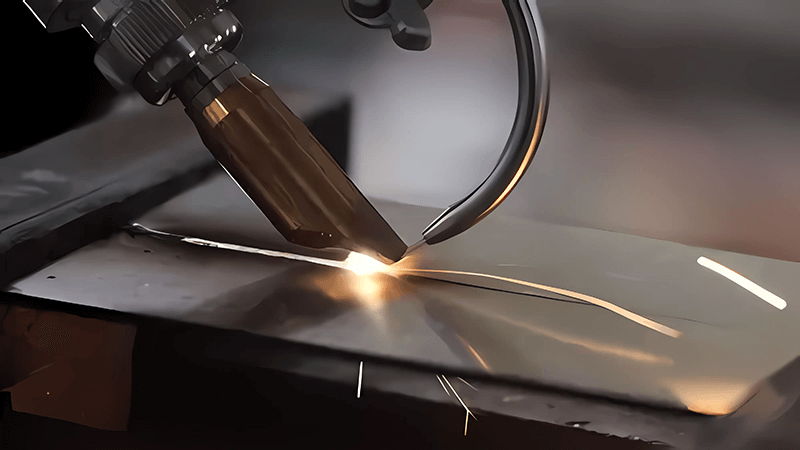
How thick of metal can a laser welder weld?
People often ask for one number. I avoid that. Thickness depends on power, optics, material, and joint design. I run trials with the real parts. That is the best way to answer. Still, some rules help.
A typical 1.5–2 kW handheld fiber laser can weld up to about 3–4 mm in stainless in one pass. Higher power systems, like 3 kW, can reach 6–10 mm with joint prep and good fit-up. For thicker parts, I use multi-pass or wire fill.
What sets the limit
Power density8 is the driver. The spot size, focus depth, and travel speed must match the thickness. Reflective metals need more power. Heat conduction in copper and aluminum pulls heat away. Edge prep helps with deeper penetration.
Quick range I see in production
| Power | Stainless (single pass) | Carbon Steel | Aluminum |
|---|---|---|---|
| 1–1.5 kW | 2–3 mm | 2–3 mm | 1–2 mm |
| 2 kW | 3–6 mm | 4–6 mm | 2–4 mm |
| 3 kW | 6–10 mm | 8–12 mm | 3–6 mm |
These are ballpark figures with good fit-up and proper shielding. Real results vary with wobble, focus, and speed.
How I push limits safely
- I use wobble to widen the bead and stabilize the keyhole.
- I slow travel speed slightly for deeper penetration.
- I set focus into the joint to keep the keyhole stable.
- I preheat reflective parts in rare cases.
- I add wire when I need gap bridging or crown build.
Joint prep matters
- V-groove or slight bevel helps on thicker sections.
- Tight fit-up reduces porosity and improves fusion.
- Clean surfaces reduce soot and improve coupling.
Case from my line
We welded 8 mm carbon steel with a 4 kW unit. We used a narrow V-groove and Ar shielding. We set a 2.5 mm wobble width9. We ran two passes with wire fill. The seam passed bend tests and visual checks without post-grind.

Do laser welders use wire?
Some buyers think laser welding is always autogenous. That is not true. I use wire when I need to fill a gap, change chemistry, or build a bead. The right wire setup keeps speed and quality.
Laser welders can use filler wire. Wire helps bridge gaps, control bead shape, and adjust alloy content. I use wire for thicker joints, fit-up variation, and cosmetic seams. Autogenous welds work when fit-up is tight and parts are thin.
When I add wire
- Gaps larger than 0.2–0.3 mm.
- Edge build needed for flush grind.
- Dissimilar metals to tune dilution.
- Multi-pass joints on thicker parts.
Wire choices and size
- Stainless: ER308L, ER316L, etc.
- Carbon steel: ER70S-6.
- Aluminum: ER4043, ER5356.
- Size: 0.8–1.2 mm for most handheld heads.
Wire feed integration
I pair the laser with a synchronized wire feeder10. I match wire speed to travel speed and laser power. I test a short bead and adjust for wetting and crown height. I keep the wire angle about 30–45 degrees to the seam.
Comparison: autogenous vs wire
| Aspect | Autogenous | With Wire |
|---|---|---|
| Speed | Highest | Slightly lower |
| Gap tolerance | Low | Higher |
| Bead control | Moderate | High |
| Alloy control | None | Adjustable |
| Cost per joint | Lowest | Higher |
My story from aerospace
A client had high rejects from TIG11 due to distortion on thin brackets. We moved to fiber laser with occasional wire on larger gaps. Clean joints increased. Distortion fell. They hit their takt time. They cut rework. The team gained trust in the process, and scrap fell below 1%.
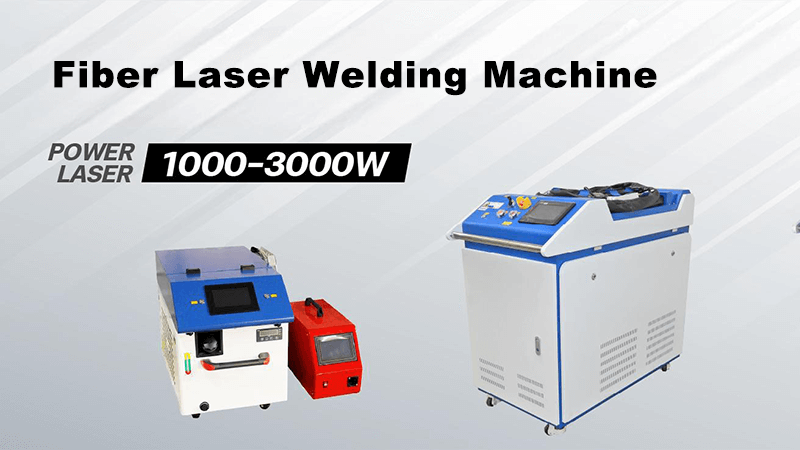
Conclusion
Laser welding12 is simple in idea and strong in practice. It gives low heat, high speed, and stable quality. It fits thin to medium parts, and it blends well with wire when needed. At Kirin Laser, I match power, optics, gas, and motion to your parts. I test and prove the result on your real samples. Then I scale with training and support.
-
Exploring fiber laser benefits can help you leverage advanced technology for precision and speed in your welding applications. ↩
-
Discover how a 1.5 kW fiber laser can reduce rejection rates and improve cycle times in aerospace welding, enhancing both strength and visual quality. ↩
-
Understanding shielding gas is crucial for achieving high-quality welds and optimizing your welding process. ↩
-
Understanding the impact of thickness and nozzle design on gas flow can optimize welding quality and efficiency, ensuring better results and cost savings. ↩
-
Understanding laminar flow can enhance your welding technique by ensuring better shielding, leading to higher quality welds and reduced defects. ↩
-
Explore the benefits of laser welding, including speed and precision, to enhance your understanding of this advanced technique. ↩
-
Learn about TIG welding's unique features and applications, especially for custom jobs and exotic alloys. ↩
-
Understanding power density is crucial for optimizing welding processes and achieving better results. ↩
-
Understanding the role of wobble width can enhance welding precision and stability, leading to better quality joints and reduced defects. ↩
-
Discover how synchronized wire feeders enhance precision and efficiency in laser welding, ensuring optimal bead control and reduced distortion. ↩
-
Explore this link to understand why TIG welding caused high rejects and distortion, and how laser welding improved the process in aerospace applications. ↩
-
Find the best laser welding machine and laser welding solutions from Kirin Laser, clicking this link to get all your needs or your business. ↩





